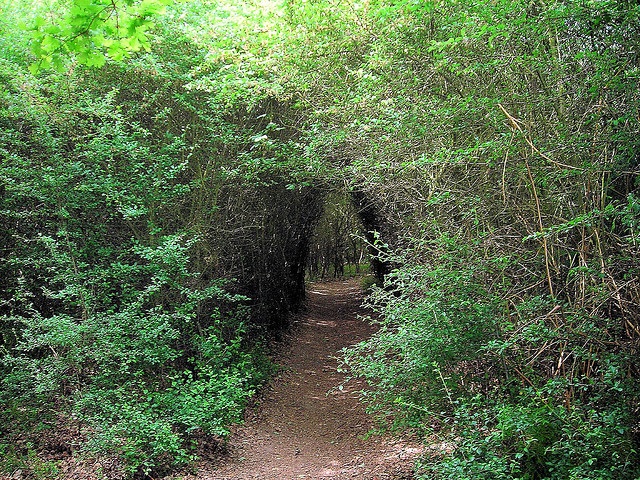This post is years overdue. Literally. I think it’s like a dam ready to burst in my head and I’m guessing it will be a learning experience to even just write it out. Writing about it will be therapeutic, at the very least, and, at the other extreme, this post could quite possibly cause a snowball effect – I’m almost hoping for that to be honest. Interesting, too, that I’m finally deciding to post it now, especially if you read my last post or have followed my thoughts in various online spaces over the years.
For three years, the Elementary Connected Classrooms (ECC) project has run a year long, collaborative inquiry project. At my first planning meeting, as a brand new, member of the ECC, I was handed the article, ‘Learning in Depth: Students as Experts’ written by Kieran Egan. This article was the first piece I’d ever read on Egan’s take on inquiry-based learning. While I had constantly enjoyed project-based learning before reading that article, and I had read An Imaginative Approach to Teaching, another of Egan’s popular works, my practice since reading that article has not been the same.
The ECC team read through and discussed how we could integrate the whole idea of an inquiry project into our collaborative learning space. We decided to devote each Friday’s video conferencing lesson to the inquiry project. We would take turns planning lessons and being the lead teacher, which meant that every three weeks each of us would be responsible to teach the next lesson in the unit. Student choice was built in as a crucial ingredient and we quickly realized the the context of the inquiry project would also be a great way to teach students a variety of other skills such as how to effectively search for information online and how to evaluate websites. We also recognized we could merge curricular content from Social Studies, English Language Arts, Science and more to create a truly cross-curricular learning opportunity full of multiple ways for students to connect ideas and experience deep learning.
One area that still proves to be a challenge is explaining how this all works to parents. They want to know how it’s marked (it isn’t – weekly assignments based on the task at hand, e.g. can you find a primary and secondary source of information and explain the differences between the two?, are marked, but the overall project is not), what subject this fits into (a whole bunch depending on the topic the student chooses and the way in which they decide to learn about their topic) and where this ‘curriculum’ comes from (the provincial Integrated Resource Packages and each individual student). It’s great to have all the questions and communication lines opening between home and school and it sure keeps me on my toes as far as being able to articulate exactly what we are doing, how it all comes together as the year goes along and why we are doing it.
A quick and accessible document created to help parents understand what the inquiry project is all about can be found here. It needs to be updated as the project has evolved each year based on the students but that document has proven to be an invaluable starting point for planning purposes as well as communicating with others. Thanks to my colleague, Brooke Haller, for giving me permission to share that as she’s the one who originally wrote it up.
One tricky aspect to all this is that the inquiry project never looks the same two years in a row; it doesn’t even look the same from student to student within one lesson, not to mention from week to week and class to class. Inquiry is a path of learning that leads into the unknown every, single time. It can be really challenging to lead thirty students down thirty completely separate learning paths, and it’s about as non-traditional as any method I’ve explored as a teacher, but it is amazing when the learning starts to deepen and kids start getting super excited about what they’re learning. It’s the palpable positivity of the learning process during inquiry working time and the pride and ownership that students show once they get rolling along that makes it a tangible, worthwhile project to embark upon.
There’s much more writing to come on this. I needed to start somewhere, but I’m thinking I need to stop somewhere too, for now, at least. If you have any experience teaching from an inquiry-based point of view, I’d love to hear from you. Or, send this along to anyone you think may have some thoughts to contribute. I’m officially embarking on my inquiry about inquiry-based learning, something I unofficially started three years ago when I read that first article. The fact that it’s taken me three years to get to this point and actually write about it attests to the messiness of my own learning process here. I’m hoping that the writing will straighten out my path, just a little bit.
Cross posted on The Elementary Connected Classrooms Blog here.
Imagery – Night Falls 3 by thebmag and Nature Trail #4 by Chalkie_CC, both accessed on April 15, 2013 from Flickr.com and used with Creative Commons permissions.


